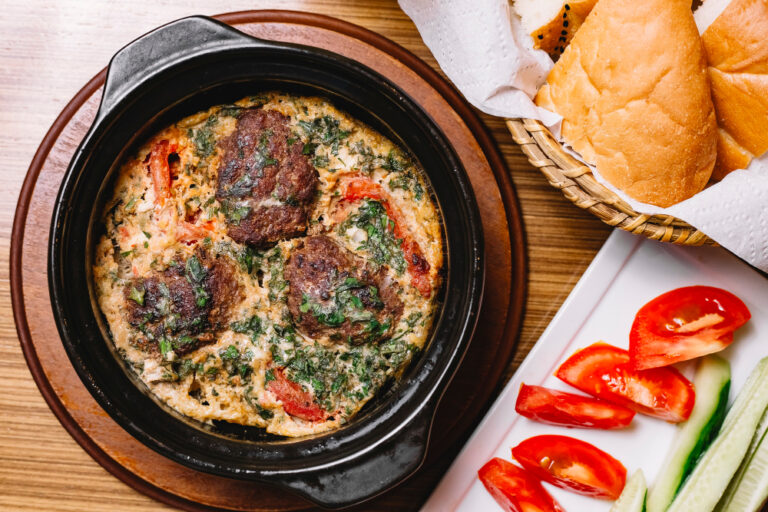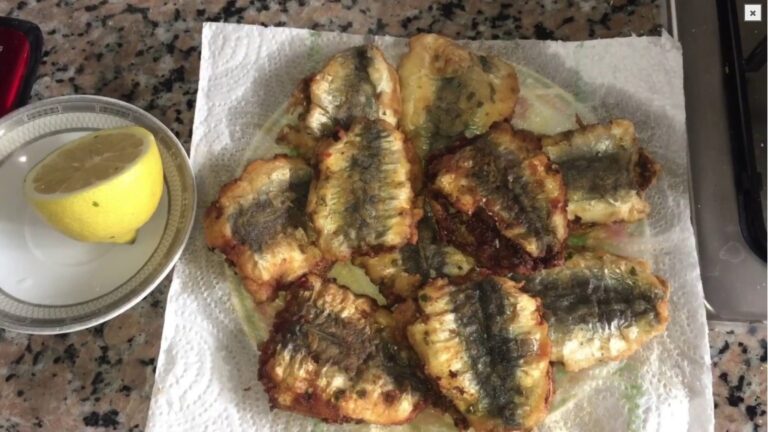
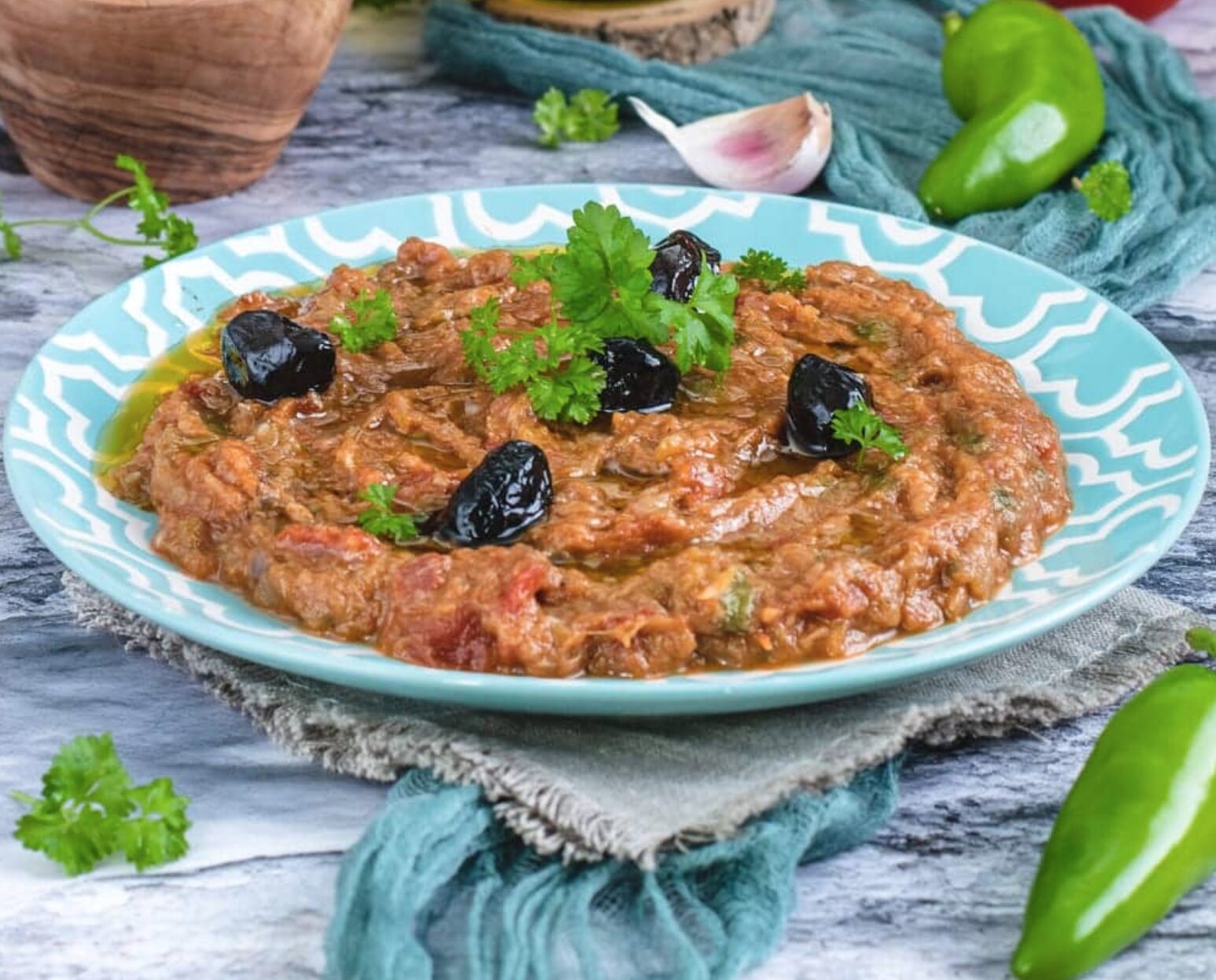
When travelers think of Morocco, their minds often wander to colorful souks, historic medinas, and fragrant tagines simmering in clay pots. But beyond the famous dishes lies a world of traditional salads and side plates that play an equally important role in Moroccan dining culture. Among them, Zaalouk – Moroccan Eggplant and Tomato Salad stands out as a must-try experience for anyone exploring the country.
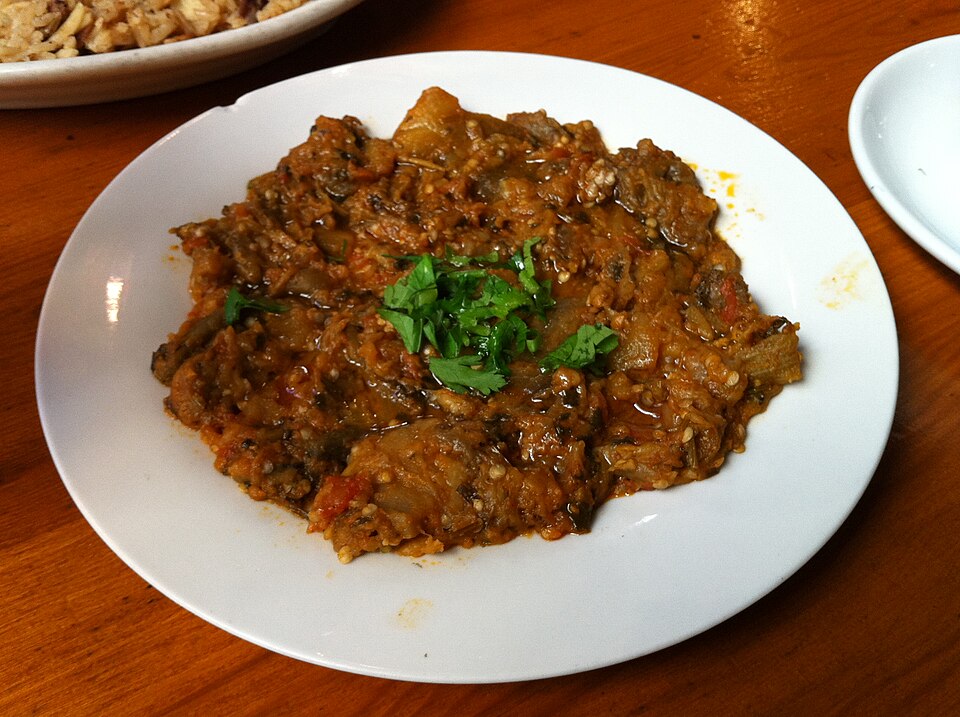
Zaalouk is smoky, savory, and perfectly spiced. It is more than a simple salad—it’s a cultural emblem, served at family tables and riads, in bustling cafés, and during festive gatherings. For travelers looking to taste Morocco’s authentic flavors, Zaalouk is a gateway dish: easy to love, deeply satisfying, and steeped in tradition.
What is Zaalouk?

Zaalouk is a traditional Moroccan salad made from roasted or fried eggplants, ripe tomatoes, garlic, and spices such as cumin, paprika, and chili. Once cooked, the vegetables are mashed together into a silky, smoky mixture that pairs beautifully with fresh khobz (Moroccan bread).
Unlike Western salads, Zaalouk is usually served warm or at room temperature, though it can also be enjoyed cold. It’s versatile enough to appear as a side dish at lunch, a starter at dinner, or part of the mezze-style spreads so common across Morocco.
This dish is beloved in Moroccan homes from Casablanca to Marrakech, with each family adding their own unique touch. Some versions lean spicier, others tangier with a splash of lemon. But no matter the variation, Zaalouk – Moroccan Eggplant and Tomato Salad is always a symbol of comfort and hospitality.
Where to Experience Zaalouk in Morocco
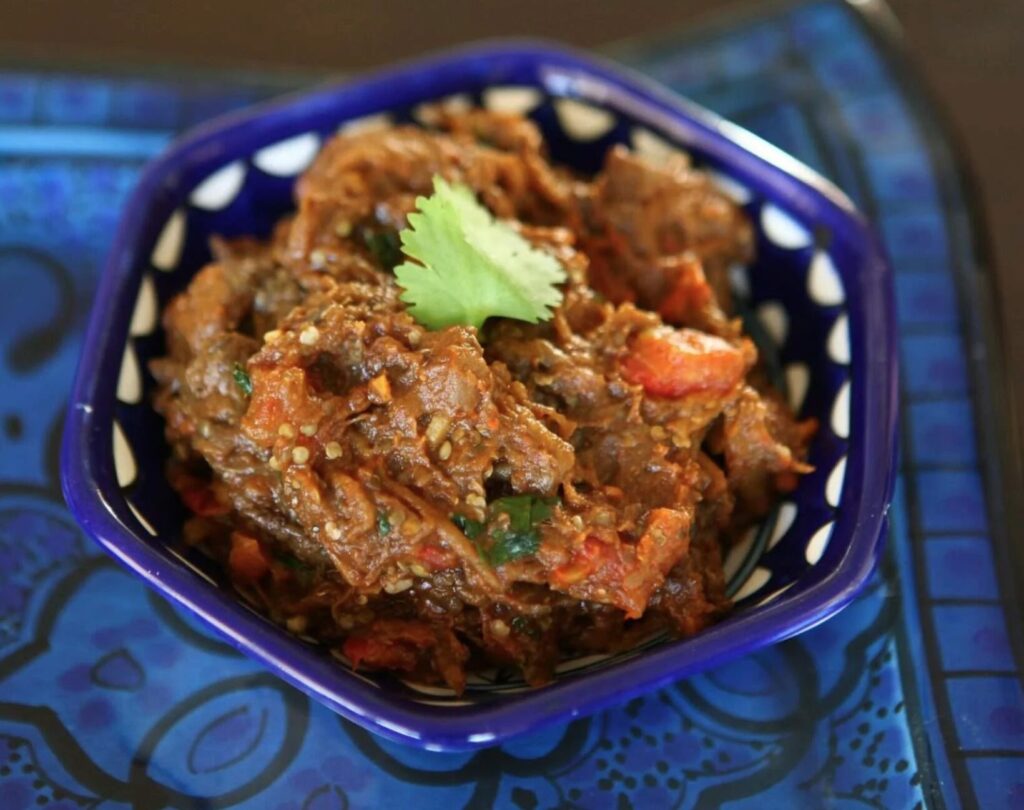
Traditional Homes
One of the best places to try Zaalouk is at a Moroccan family table. Guests are often welcomed with a variety of small salads, and Zaalouk is almost always among them. It sets the stage for the generosity and warmth that Moroccan dining is famous for.
Local Cafés and Street Food
Even casual eateries and street-side cafés often serve Zaalouk. Paired with grilled fish or tucked inside a sandwich, it transforms simple meals into memorable ones.
Cooking Classes and Riads
Many riads and cooking schools in cities like Fes and Essaouira include Zaalouk in their lessons. These experiences allow travelers not only to taste the dish but also to learn the art of Moroccan cooking first-hand.
Food Markets
Exploring Moroccan markets offers another opportunity. Stalls brimming with eggplants and tomatoes remind visitors that Zaalouk is a dish rooted in the land’s seasonal abundance.
Travel Tips and Cultural Insights
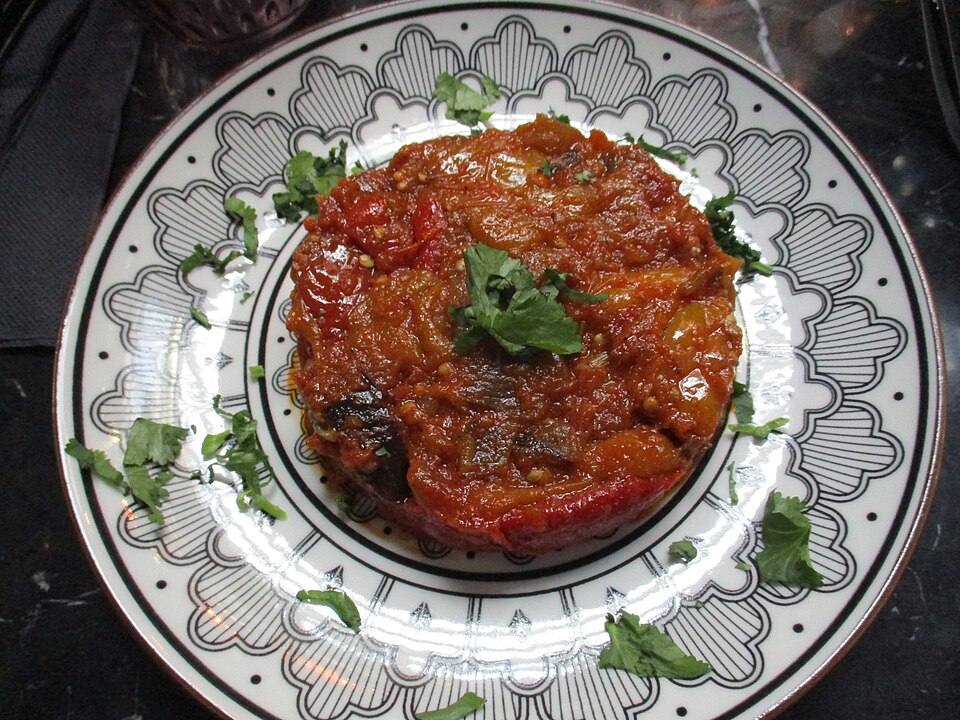
- Eat it with bread, not cutlery: Moroccans traditionally scoop Zaalouk with khobz, emphasizing the communal nature of meals.
- A vegetarian gem: Naturally vegetarian and vegan, Zaalouk is perfect for travelers with dietary preferences.
- Seasonality matters: Eggplants and tomatoes are at their peak in summer, making this season the best time to enjoy Zaalouk in its freshest form.
- Cultural meaning: Offering Zaalouk symbolizes care and hospitality, as it takes time to prepare but is always shared generously.
- Regional touches: In coastal towns, you might find spicier Zaalouk with added chili, while mountain villages often prefer milder, rustic flavors.
Traveler Stories
Many travelers describe their first taste of Zaalouk as unexpectedly delightful.
One visitor in Chefchaouen recalled enjoying Zaalouk at a rooftop café: “It looked humble, but the smoky depth and velvety texture made it unforgettable. It was the dish that made me fall in love with Moroccan food.”
Another traveler in Marrakech took a cooking class where she roasted eggplants over an open flame: “The smell alone was magic. Making Zaalouk by hand was almost meditative, and eating it afterward was the highlight of my trip.”
Such stories reveal that Zaalouk is more than food—it’s an experience that stays with travelers long after they leave Morocco.
Seasonal Insights and Recommendations
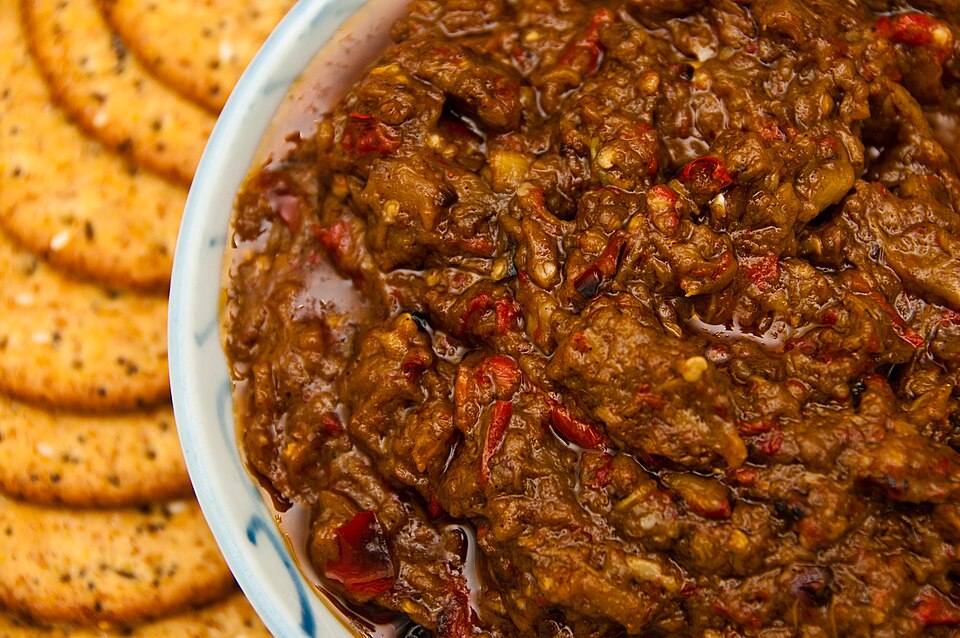
- Summer abundance: Zaalouk is especially delicious in summer, when Moroccan markets overflow with ripe tomatoes and eggplants.
- Ramadan tradition: During Ramadan, Zaalouk often appears on iftar tables, adding lightness and nutrition after a day of fasting.
- Winter comfort: In colder months, Moroccans sometimes serve Zaalouk warm, making it a cozy side dish to hearty soups and stews.
- Travel tip: If you’re visiting Morocco in summer, take a trip to local markets early in the morning to see fresh produce destined for Zaalouk and other iconic dishes.
FAQ About Zaalouk – Moroccan Eggplant and Tomato Salad
What does Zaalouk taste like?
Zaalouk is smoky, savory, and slightly tangy, with a hint of spice from paprika and cumin. Its creamy texture makes it perfect for dipping bread.
Is Zaalouk always vegetarian?
Yes, Zaalouk is naturally vegetarian and vegan. It’s a great option for plant-based travelers exploring Moroccan cuisine.
Can I try Zaalouk outside Morocco?
Many Moroccan restaurants worldwide serve Zaalouk, but the most authentic versions are found in Morocco, where vegetables are fresh and spices are local.
How is Zaalouk served?
Zaalouk is usually served as a starter or side dish, accompanied by Moroccan bread. It can also be enjoyed cold as a dip or spread.
Can I cook Zaalouk at home?
Definitely! With eggplants, tomatoes, garlic, and a few spices, you can recreate Zaalouk in your own kitchen. Cooking classes in Morocco often teach travelers this dish.
Conclusion
Zaalouk – Moroccan Eggplant and Tomato Salad is more than a dish—it’s a taste of Morocco’s soul. From the markets of Marrakech to family kitchens in Fes, Zaalouk embodies the country’s love for fresh produce, bold spices, and shared meals.
For travelers, tasting Zaalouk means connecting with Morocco’s culture in the most delicious way possible. So whether you savor it on a riad terrace, in a bustling café, or learn to make it yourself in a cooking class, let Zaalouk be part of your Moroccan journey.
– Ready to explore more of Morocco? Plan your trip, taste the flavors, and let dishes like Zaalouk guide your adventure through this beautiful country.

